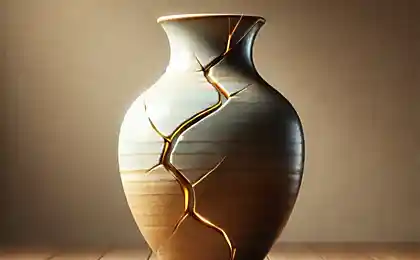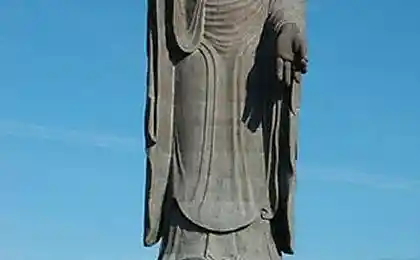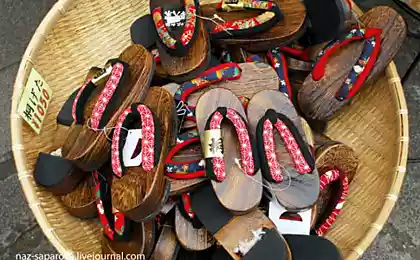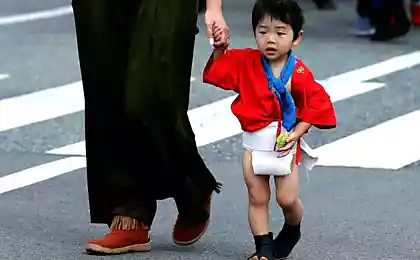136
The Ancient Japanese Art of Kinzugi
Most people try to fix their broken things in a way that looks completely like new ones. But the Japanese art of Kinzugi follows a different philosophy. Instead of masking the breakdown, Kintsugi repairs the broken object, aesthetically filling the damage with a special seam and preserving the history of the object. Kintsugi’s art uses resin mixed with powdered gold, silver, platinum, copper, or bronze – the result is something more beautiful than the original.
The Kintsugi method occurred in the 15th century when a Japanese shogun broke a beloved bowl and handed it back to China to be repaired. But repairs were made using metal plates - a standard method at the time. These plates completely neutralized the beauty of the bowl. Disappointed, the shogun enlisted Japanese craftsmen to come up with a more aesthetically pleasing solution, and kintsugi was born.
Although the craftsmen now work mainly with gold, the original process involved the use of a special varnish. The broken parts were glued together using urushi varnish obtained from the juice of Chinese lacquer wood. The final layer of urushi was coated with gold powder and then polished. Juice collection and processing of the product is quite dangerous due to its toxicity. Fortunately, once the solution dries and strengthens, the toxic effects are nullified, making the product completely safe. Today, thanks to modern polymer technology, art can flourish with modern materials that are more durable and have greater durability than traditional varnish methodology.
Kintsugi’s collectors are so fascinated by the art that some have been accused of deliberately destroying valuable pottery to restore with gold seams.
Source: lifeglobe.net/
The Kintsugi method occurred in the 15th century when a Japanese shogun broke a beloved bowl and handed it back to China to be repaired. But repairs were made using metal plates - a standard method at the time. These plates completely neutralized the beauty of the bowl. Disappointed, the shogun enlisted Japanese craftsmen to come up with a more aesthetically pleasing solution, and kintsugi was born.
Although the craftsmen now work mainly with gold, the original process involved the use of a special varnish. The broken parts were glued together using urushi varnish obtained from the juice of Chinese lacquer wood. The final layer of urushi was coated with gold powder and then polished. Juice collection and processing of the product is quite dangerous due to its toxicity. Fortunately, once the solution dries and strengthens, the toxic effects are nullified, making the product completely safe. Today, thanks to modern polymer technology, art can flourish with modern materials that are more durable and have greater durability than traditional varnish methodology.
Kintsugi’s collectors are so fascinated by the art that some have been accused of deliberately destroying valuable pottery to restore with gold seams.
Source: lifeglobe.net/























